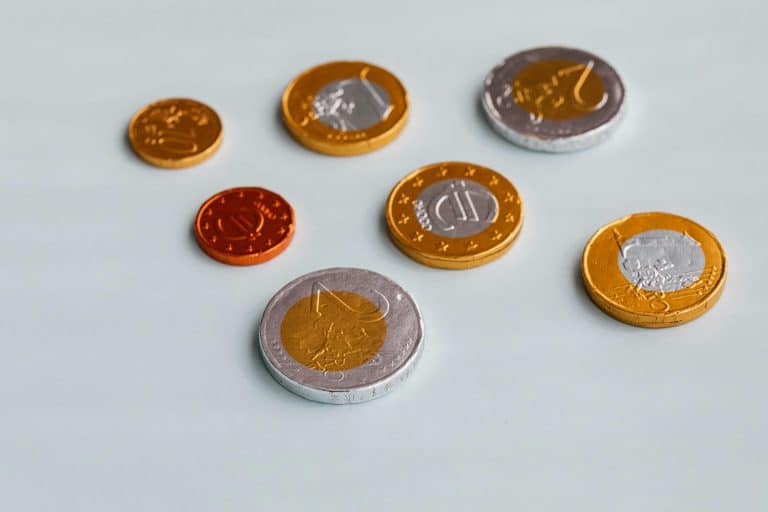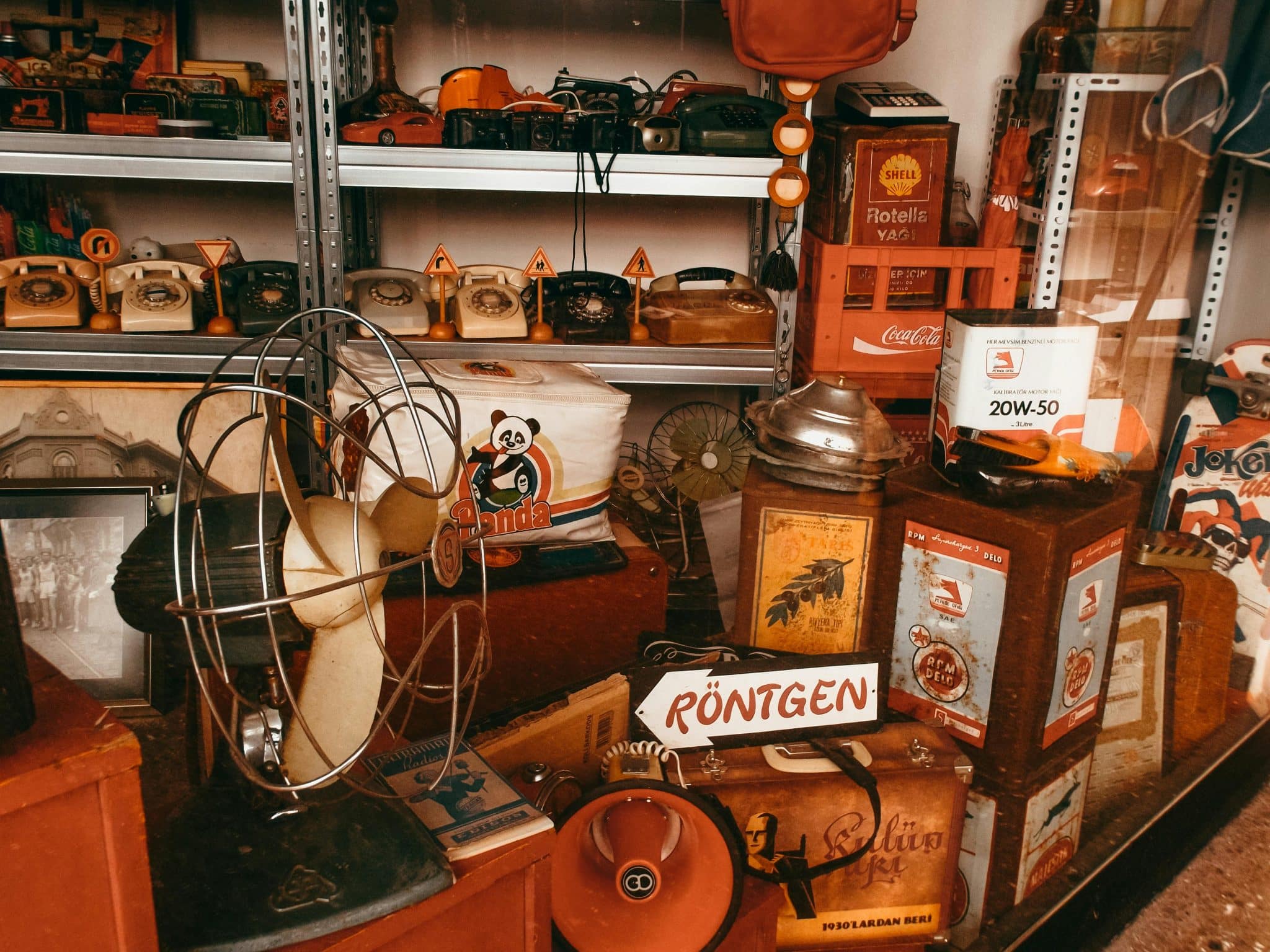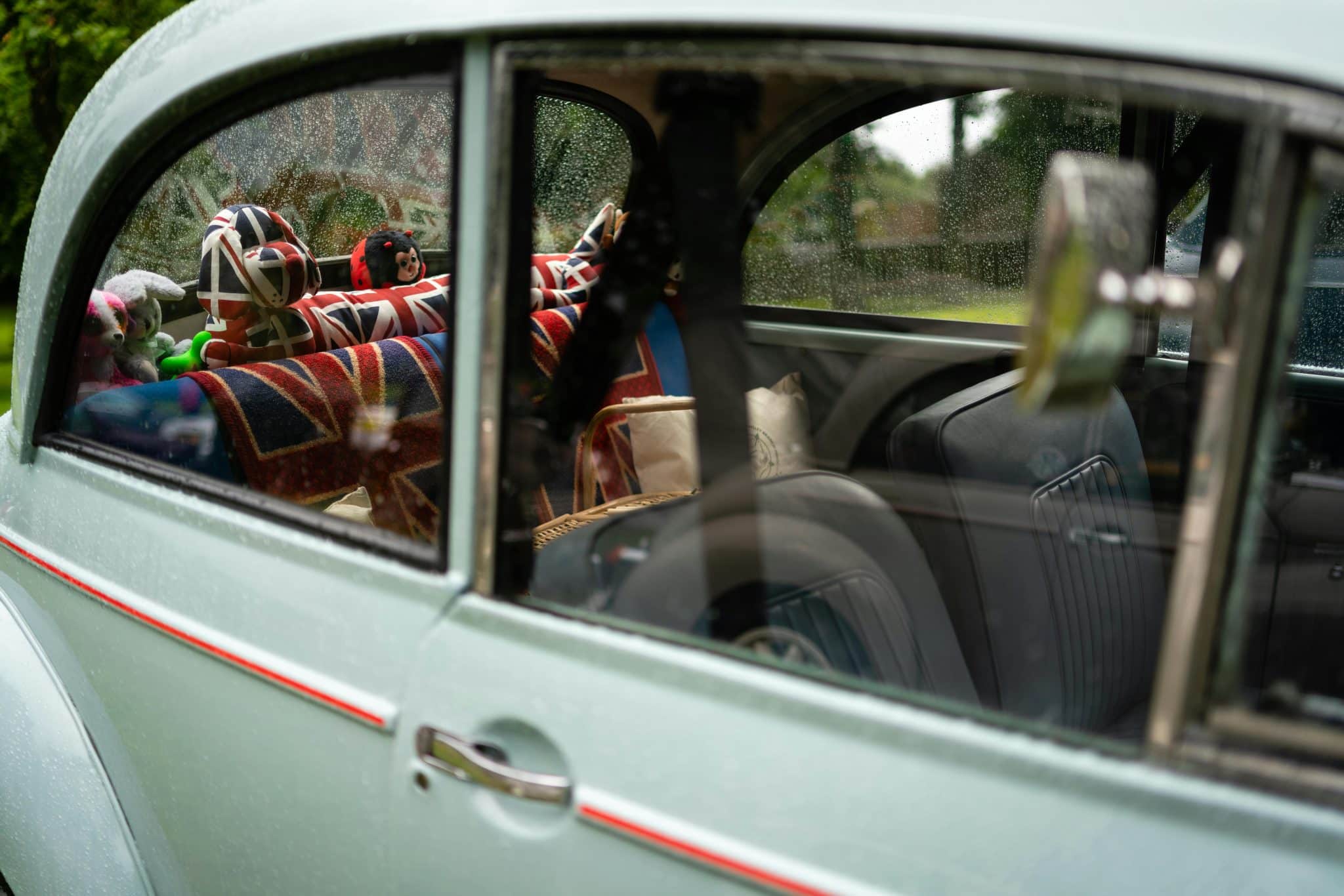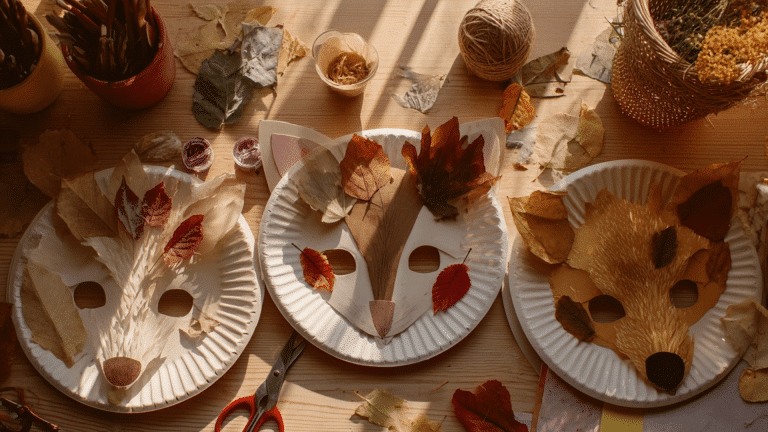Mothers are often the unseen curators of family history, whether they mean to be or not. Between baby books tucked in drawers, heirloom jewelry carefully wrapped in tissue, and the art projects that pile up on the fridge, the instinct to hold onto meaningful objects runs deep. For some, that instinct grows into a deliberate collection, one that’s as much about self-expression as it is about preservation. Collecting becomes a way to claim space for personal joy while raising kids, offering a sense of identity that isn’t tied only to carpools or laundry. What makes these collections powerful is that they rarely stay static. They evolve as kids grow, as financial situations shift, and as personal tastes mature. The process itself becomes a kind of timeline, marking milestones in a family’s story without needing words.
The Allure of Value and History
While some moms collect with an eye toward sentiment, others lean into the thrill of rarity and worth. The pull toward coins, stamps, or vintage notes taps into a hunger for history that connects one generation to the next. In the coin world, rare Morgan silver dollars hold special weight because they embody both craftsmanship and scarcity. It’s not just about stacking something valuable in a safe—it’s about having a tangible link to the late 19th century, a moment you can actually hold in your hand. Mothers who step into this territory often find themselves balancing research with instinct, learning the ins and outs of grading systems while also recognizing how the story behind an item can be as compelling as its price. Collections like these build bridges, allowing moms to teach their kids about value, patience, and the long game that collecting demands.
Everyday Objects With Lasting Weight
Not every collection requires a bank vault or insurance appraisal. In fact, some of the most meaningful ones are made up of everyday objects that get used, washed, and chipped over time. Think about pottery, enamel kitchenware, or vintage Pyrex pulled from thrift store shelves. These aren’t items bought with a retirement fund in mind, but they still carry the weight of legacy. They remind families of the Sunday mornings at the table, the late-night hot chocolate runs, or the birthday parties that stretched late into the evening. For moms who prize the practical, collecting in this way proves that value isn’t always about scarcity or cost—it can be about consistency, memory, and the ordinary magic of shared meals.
The Rise of Personalized Collections
There’s a growing wave of mothers turning toward items that reflect personal touch over mass production. In this space, custom coffee mugs stand out as a surprisingly powerful choice. At first glance, they’re practical: you drink from them, you give them, you stack them in the cupboard. But they also become snapshots of time. A mug with a child’s doodle printed on it, a cheeky saying shared between friends, or a design tied to a milestone birthday can turn a kitchen shelf into a curated display of lived moments. For moms balancing a dozen responsibilities, starting a collection of personalized items like mugs provides both function and memory. Unlike fine art or antiques, they’re accessible to anyone, yet they carry an intimacy that can’t be replicated at a big-box store.
Teaching the Next Generation the Art of Holding On
Children growing up around collections—whether coins, mugs, or something else entirely—learn lessons that go beyond the objects themselves. They see patience modeled when a mother hunts for just the right piece at a flea market. They absorb the value of care when items are dusted, cataloged, or wrapped safely for storage. They also learn that not everything worth keeping needs to be flashy or expensive. Sometimes it’s the chipped mug with a faded print that ends up meaning the most. Moms who involve their kids in their collections aren’t just handing down objects, they’re shaping how the next generation views value, memory, and continuity. These lessons often last longer than the objects themselves, embedding in children a respect for preservation that stretches well beyond material goods.
Balancing Personal Joy and Family Needs
The challenge for many mothers who collect is finding the space—literal and figurative—for personal passion while keeping family life running smoothly. Collections can easily turn from joy into clutter if boundaries aren’t set. That’s why intentionality matters. Moms who thrive as collectors often create rituals around their hobbies, carving out time to search, display, or reorganize, while also teaching their families that this isn’t “just stuff.” It’s a tangible way of honoring what matters to them. When kids and partners see that, the collection stops being a solitary hobby and becomes part of the family’s shared story. This balance isn’t always easy, but when it works, it allows mothers to nurture something for themselves without sidelining the needs of those around them.
Why It Matters
Collections remind us that joy doesn’t always need to be loud or fleeting. For mothers, especially, they become quiet declarations of individuality and continuity. Whether the collection holds coins that could anchor a portfolio, mugs that spark a smile in the morning, or dishes that echo family traditions, the end result is the same: they carry weight because they carry meaning. In a world that often pushes parents to sacrifice every personal interest for the sake of their kids, collections prove there’s another way. They show that mothers can be both caretakers and curators, shaping the tangible record of family life while still indulging passions that are fully their own. And in that balance lies the beauty of collecting—objects that outlast us, memories that remain alive through them.











